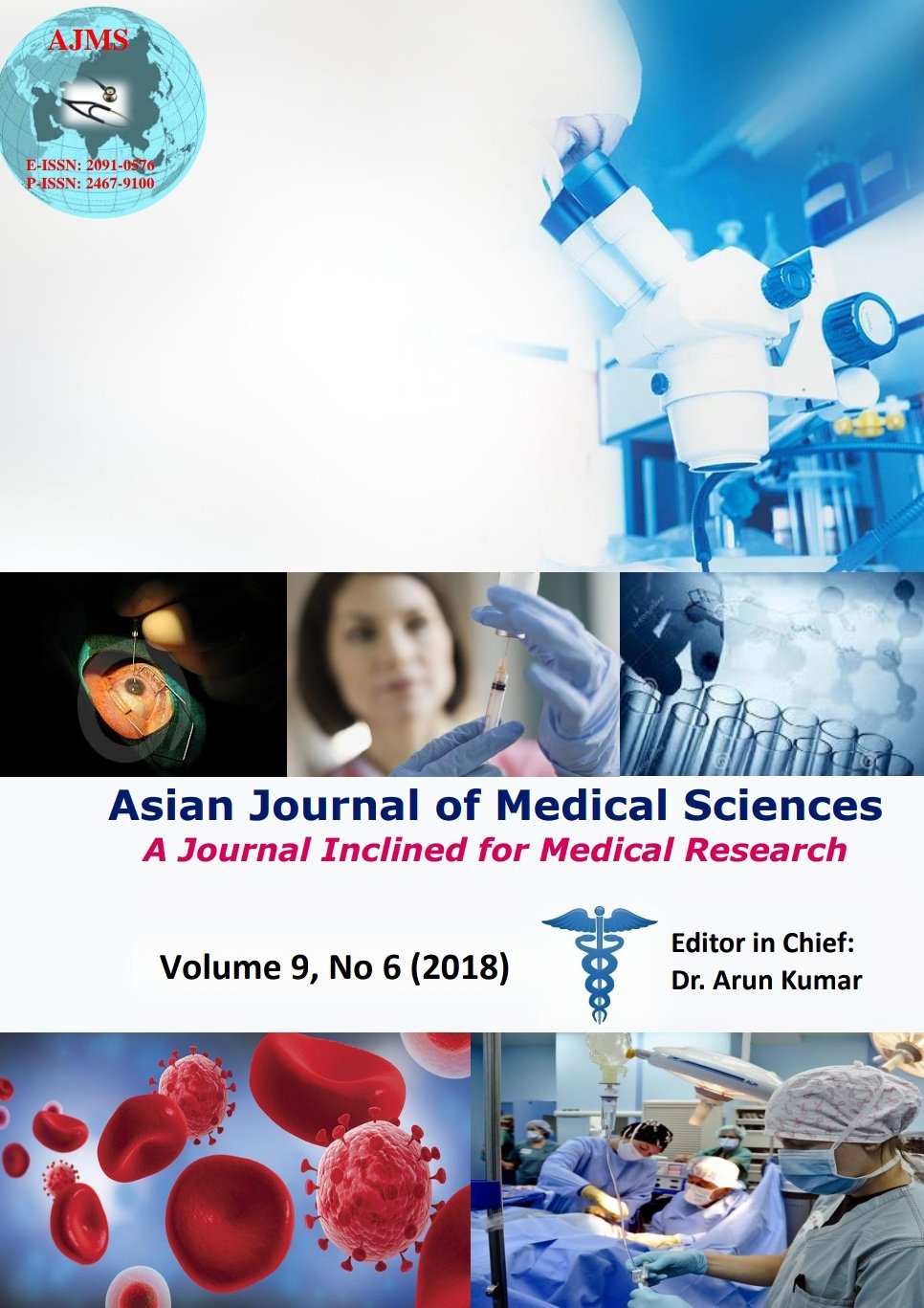Preferred learning styles of Thai learners in anti-aging and regenerative sciences
Keywords:
Visual, Aural, Read/Write, Kinesthetic, Learning modesAbstract
Background: Several studies reported that every individual learner has its own different style of learning. All learners have their own preferences for the ways in which they receive information for studying.
Aims and Objective: In order to determine whether a particular teaching method provided by each instructor might enhance learner of anti-aging and regenerative medicine satisfaction with the learning process, a well-known learning preferences survey which are linked to sensory modalities of learners was distributed to anti-aging and regenerative science students at School of Anti-Aging and Regenerative Medicine, Mae Fah Luang University, Bangkok, Thailand.
Materials and Methods: The applied preferred learning style survey named VARK was applied to identify student’s preferences for particular learning modes of information presentation. This study thus aimed to determine the preferred learning style and measure the distribution of learning preference mean scores of the anti-aging and regenerative science learners using 53 participants. The VARK questionnaire divided all learners into five groups, i.e., visual, aural, read/write, kinesthetic, and multimodal learners, respectively.
Results: We found that the unimodality preference was 35.10% while the multimodality was 64.9%. Among the learners who preferred only one mode of information presentation, there were 8.25% of visual, 34.26% of aural, 22.44 % of read/write learners, and 35.05% of kinesthetic, respectively. Anti-aging and regenerative science learners preferred kinesthetic learning at a higher percentage than other modes. However, some learners preferred multiple modes including 32.45% of bimodal, 23.84% of trimodal, and 8.61% of quadmodal, respectively. Knowing the anti-aging and regenerative science learners preferred learning modes can help to provide instruction tailored to the learner’s individual preferences, to overcome the predisposition to treat all anti-aging and regenerative science learners in a similar way, to motivate instructors to move from their preferred mode(s) to using others, and to develop appropriate learning approaches.
Conclusion: The result of this study would explore opportunities for anti-aging and regenerative science instructors to make the educational experience more productive.
Asian Journal of Medical Sciences Vol.9(6) 2018 14-19
Downloads
Downloads
Additional Files
Published
How to Cite
Issue
Section
License
Authors who publish with this journal agree to the following terms:
- The journal holds copyright and publishes the work under a Creative Commons CC-BY-NC license that permits use, distribution and reprduction in any medium, provided the original work is properly cited and is not used for commercial purposes. The journal should be recognised as the original publisher of this work.
- Authors are able to enter into separate, additional contractual arrangements for the non-exclusive distribution of the journal's published version of the work (e.g., post it to an institutional repository or publish it in a book), with an acknowledgement of its initial publication in this journal.
- Authors are permitted and encouraged to post their work online (e.g., in institutional repositories or on their website) prior to and during the submission process, as it can lead to productive exchanges, as well as earlier and greater citation of published work (See The Effect of Open Access).




